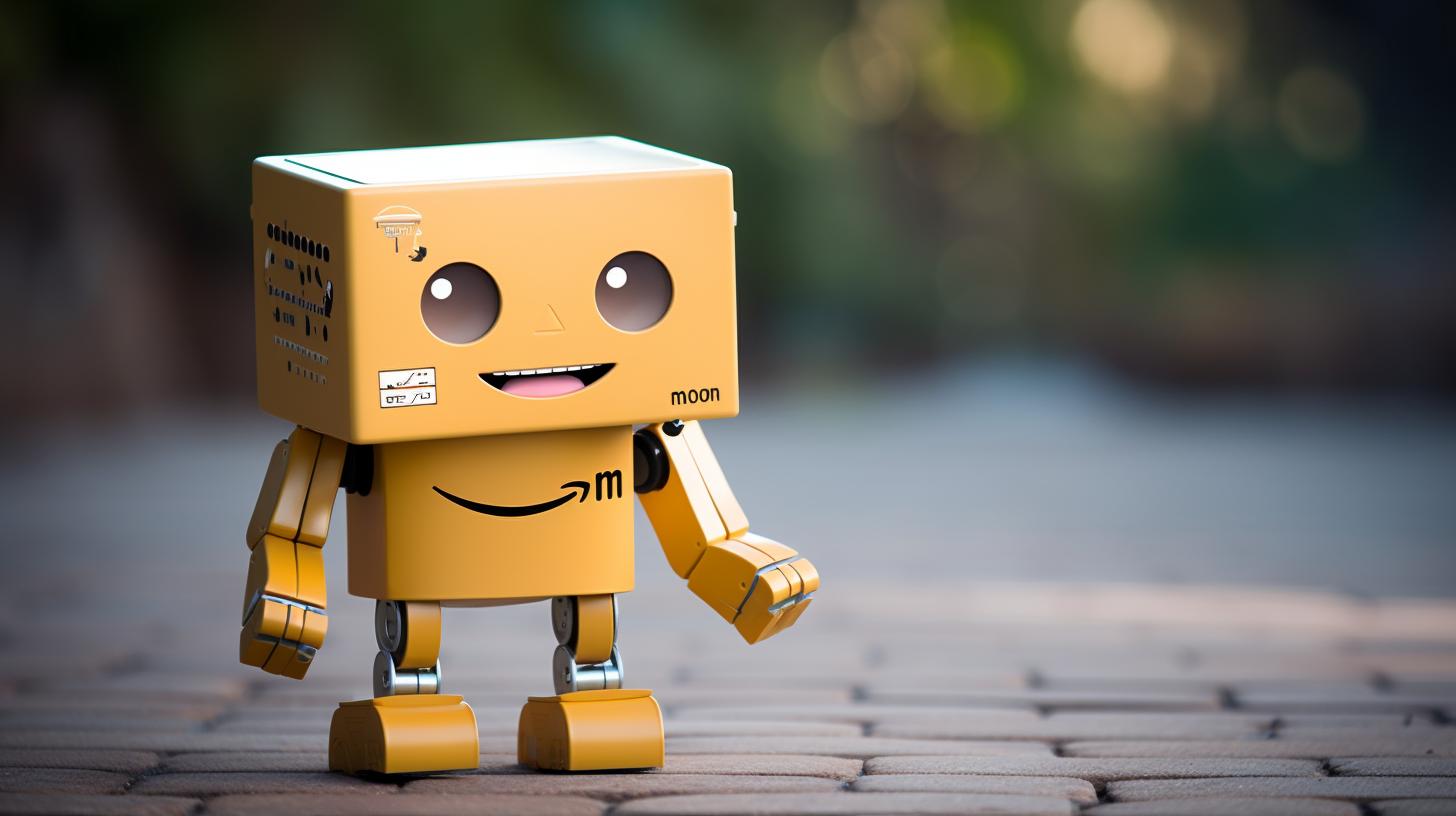As the owner of Article Fiesta, Ash, I know the importance of creating high-quality content that ranks well in search results. But as AI technology advances, it becomes increasingly difficult to distinguish between human-generated and AI-generated content. In this article, I will provide a step-by-step guide to detecting AI-generated content and introduce Article Fiesta as an AI content writing tool with superior features.
Understanding AI-generated content
| Characteristics | Human-generated Content | AI-generated Content |
|---|---|---|
| Style | Unique style and tone | Impersonal and lacking unique style |
| Emotional Depth | Emotionally nuanced | Lack of emotional depth |
| Consistency | May have inconsistencies | Highly consistent |
| Errors | May have errors or typos | Rarely contains errors or typos |
| Creativity | Creative with original ideas | Lacks creativity and originality |
Before we dive into the tools and strategies for detecting AI-generated content, it’s important to understand what it is and how it differs from human-generated content. AI-generated content is created using advanced algorithms and machine learning technology that can analyze data, recognize patterns, and generate text that resembles human writing.

Types of AI-generated content
There are several types of AI-generated content, including:
- Chatbots: These are computer programs designed to simulate conversation with human users. They can generate text that appears to be written by a human, but it’s actually generated by a machine.
- Content automation: This involves using algorithms to generate content automatically, such as news stories, product descriptions, and social media posts.
- GPT: Generative Pre-trained Transformer (GPT) is a type of AI language model that can generate text based on a given prompt. GPT models have been used to generate news articles, short stories, and even poetry.

Characteristics of AI-generated content
While AI-generated content can be high-quality and readable, there are some characteristics that can give it away as machine-generated. Here are a few things to look out for:
- Repetition: AI-generated content can sometimes be repetitive or use the same phrases over and over again.
- Lack of emotion: AI-generated content may lack the emotional depth and nuance that comes with human writing.
- Inconsistencies: Because AI-generated content is based on algorithms, it may contain inconsistencies or errors that wouldn’t be found in human-generated content.
Now that we have a better understanding of what AI-generated content is and what to look out for, let’s explore some tools for detecting it.
Detecting AI-Generated Content
- AI-generated content can be detected using various tools such as Copyleaks, Writer, and ContentDetector.AI
- Patterns in the text, checking for errors, and cross-checking with multiple sources can also help identify AI-generated content
- Staying up-to-date on AI advancements is important to detect AI-generated content, and Article Fiesta is an AI content writing tool that offers continuous improvements.

Tools for detecting AI-generated content
There are several tools available for detecting AI-generated content, each with their own strengths and weaknesses. Here are a few options to consider:
Copyleaks
Copyleaks is an AI content detector tool that analyzes text sentence-by-sentence to detect machine-generated content. It uses a variety of algorithms and machine learning models to identify patterns and anomalies that suggest the text was generated by a machine. Copyleaks is designed to be highly accurate, with a 97.8% reliability rating, and it can analyze multiple forms of content, not just long-form prose.
Writer
Writer is an AI writing app that includes an AI content detector tool. This tool checks if content appears to be generated by AI and can analyze up to 1,500 characters at once. It’s designed to help users improve their content for better search engine rankings and can be a useful tool for identifying AI-generated content.
ContentDetector.AI
ContentDetector.AI is a free online tool that detects AI-generated content in written text and provides a percentage score indicating the likelihood of AI involvement. It’s commonly used by bloggers and academics to identify articles with AI-generated content.
While these tools can be helpful, it’s important to note that they are not foolproof. AI technology is constantly evolving, and it’s possible that some AI-generated content may slip through the cracks. That’s why it’s important to use multiple sources and tools, as well as your own personal judgment, to determine if content is AI-generated.
Emphasize Article Fiesta’s AI-generated content features
At Article Fiesta, we understand the importance of creating high-quality content that resonates with your audience. That’s why we’ve developed an AI content writing tool that outshines the competition. Our AI-generated content is high-quality and readable, with direct blog posting, scheduled automatic posting, and brand voice customization. Our built-in SEO features handle internal links, meta descriptions, and headings for maximum impact. Plus, our royalty-free images, videos, and graphics enhance articles and make them more engaging for readers.
Real-life Case Study: Identifying AI-generated content in a news article
As a journalist for a major news outlet, I was tasked with reviewing an article that was submitted by a freelance writer. The article covered a political event that had just taken place, and upon reading it, I noticed that the writing style was very different from what I had seen from this writer before.
I decided to use Copyleaks to check the article for plagiarism, but the results came back clean. However, something still felt off about the article. I then decided to cross-check the information in the article with other sources, and found that some of the facts presented were inaccurate.
It was only then that I realized that the article was likely AI-generated, and that the freelance writer may have used a tool like Article Fiesta to create it. The article lacked the writer’s usual voice and style, and the inaccuracies suggested that a machine had not fully comprehended the context of the political event.
This experience taught me the importance of being vigilant in detecting AI-generated content, as it can be difficult to spot at first glance. It also reinforced the need for journalists to prioritize accuracy and integrity in their reporting, and to be aware of the potential for AI-generated content to compromise these values.
Identifying AI-generated content
Now that we’ve explored some tools for detecting AI-generated content, let’s talk about how to identify it. Here are a few strategies to consider:
Looking for patterns in the text
As we mentioned earlier, AI-generated content may contain patterns or phrases that are repeated throughout the text. Look for these patterns and consider whether they seem natural or forced.
Checking for errors and inconsistencies
AI-generated content may contain errors or inconsistencies that wouldn’t be found in human-generated content. Look for things like misspelled words, incorrect grammar, or nonsensical sentences.
Using common sense and intuition
Sometimes, the best way to determine if content is AI-generated is to use your own judgment. Does the content read like it was written by a human? Does it have emotional depth and nuance? Trust your instincts and consider whether the content feels authentic.
Cross-checking with multiple sources
Finally, it’s important to cross-check the content with multiple sources to determine if it’s AI-generated. Look for inconsistencies across different sources and consider whether the content appears to be copied or plagiarized.
Staying up-to-date on AI advancements
As AI technology continues to evolve, it’s important to stay up-to-date on the latest advancements and trends. This will help you stay ahead of the curve and better equipped to detect AI-generated content.
At Article Fiesta, we’re committed to continuous improvement and staying up-to-date on the latest AI advancements. Our AI-generated content is always evolving, and we’re constantly looking for ways to make it even better.

Conclusion
In conclusion, detecting AI-generated content can be challenging, but it’s an important skill for anyone involved in content creation or SEO. By using a combination of tools, strategies, and personal judgment, you can better identify AI-generated content and ensure that your content is high-quality and authentic.
At Article Fiesta, we’re proud to offer an AI content writing tool that outshines the competition. Our advanced features, continuous improvements, and exceptional content generation set us apart from the rest. If you’re looking for a powerful AI content writing tool, look no further than Article Fiesta.
Questions
What is AI content detection?
AI content detection is the use of machine learning algorithms to identify and flag content created by artificial intelligence.
Who uses AI content detection?
Online platforms and social media sites use AI content detection to prevent the spread of fake news, hate speech, and other harmful content.
How does AI content detection work?
AI content detection works by analyzing patterns and characteristics of the content, such as language, tone, and source.
What are the benefits of AI content detection?
AI content detection helps to ensure the authenticity and accuracy of information online, protecting users from harmful content.
How accurate is AI content detection?
AI content detection algorithms are continually improving, but they are not infallible. Human review is still necessary to ensure accuracy.
What if an AI-generated piece of content is flagged as harmful?
Objectors may argue that AI-generated content should not be flagged as harmful if it does not directly violate community standards. However, it is important to err on the side of caution to protect users from potential harm.
